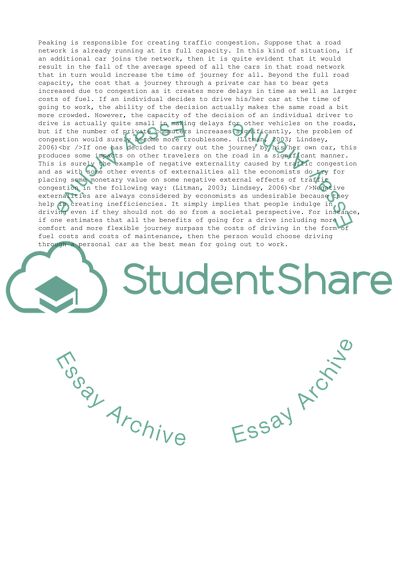Cite this document
(The Problem and Negative External Effects of Traffic Congestion Essay Example | Topics and Well Written Essays - 1500 words, n.d.)
The Problem and Negative External Effects of Traffic Congestion Essay Example | Topics and Well Written Essays - 1500 words. https://studentshare.org/business/1753169-road-pricing
The Problem and Negative External Effects of Traffic Congestion Essay Example | Topics and Well Written Essays - 1500 words. https://studentshare.org/business/1753169-road-pricing
(The Problem and Negative External Effects of Traffic Congestion Essay Example | Topics and Well Written Essays - 1500 Words)
The Problem and Negative External Effects of Traffic Congestion Essay Example | Topics and Well Written Essays - 1500 Words. https://studentshare.org/business/1753169-road-pricing.
The Problem and Negative External Effects of Traffic Congestion Essay Example | Topics and Well Written Essays - 1500 Words. https://studentshare.org/business/1753169-road-pricing.
“The Problem and Negative External Effects of Traffic Congestion Essay Example | Topics and Well Written Essays - 1500 Words”. https://studentshare.org/business/1753169-road-pricing.


